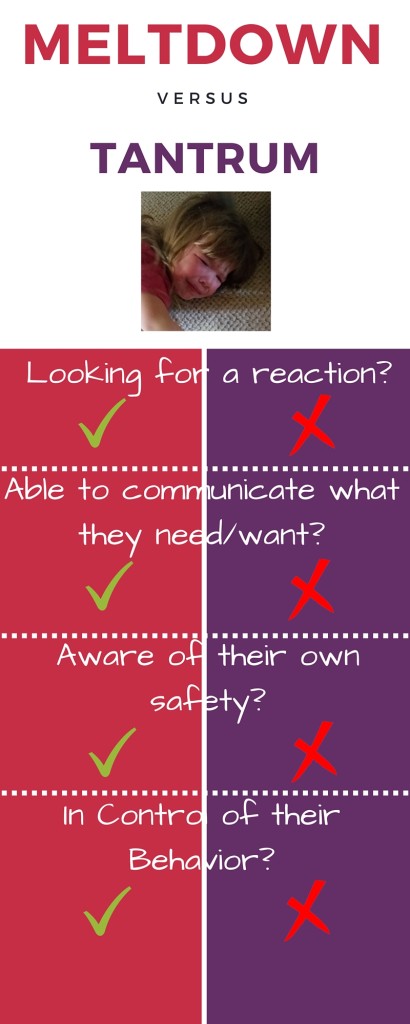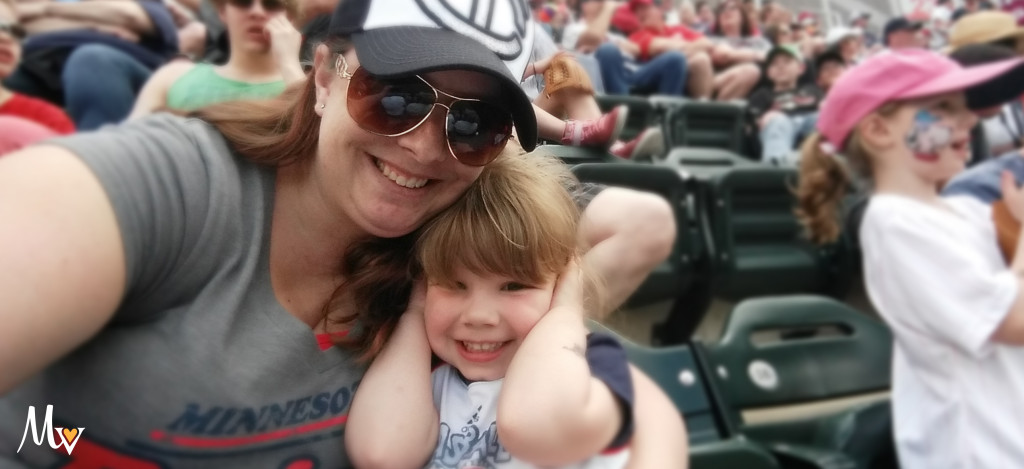With mama Jessica Epp
I didn’t truly understand Sensory Processing Disorder (SPD) until my youngest was born. She was around two years old when we started to realize that she was not displaying typical two-year-old behavior. It started out with a few incident reports at school. She was biting a lot of her friends. Sometimes she was biting out of frustration because she was not getting what she wanted, but sometimes it was because a friend was too close to her. The staff members were so concerned that for a while she stood in her own space on an opposite wall when they waited in line to go outside.
My cousin is an occupational therapist (OT), and she gave me some pointers. At the worst point, my daughter was biting kids three times a day, a few times a week. While I knew that biting was “normal” for her age, my cousin and I were concerned about the intensity and the frequency of the behavior. We took our daughter in to see a local occupational therapist and she was diagnosed with Sensory Processing Disorder (SPD).
We entered a world of brushing skin, swinging in blankets, heavy blankets, pushing heavy things, messy play, and chewy tubes. As we treated my younger daughter, more and more I saw that my oldest had SPD as well. My youngest is a sensory seeker, and my oldest is a sensory avoider. Here are some things that parents of children with SPD want you to know.

1. SPD is not something you outgrow; it’s not just a phase, you just learn how to manage it. When my youngest was first diagnosed with SPD, we had a regimen of things to do. We brushed her skin every few hours in a specific way, with a specific pressure, and followed with compressions of her joints afterward. This treatment was difficult to integrate into our home life and at her school, however, once we did, her behavior changed drastically. Her incident reports almost stopped. Over a year later she doesn’t have to be brushed anymore and she has learned to cope better with her sensory issues. She doesn’t like loud noises (but makes them herself). When she is overtired she likes to snuggle with me and push her face into mine (I secretly love this!).
2. There is a difference between a tantrum and a meltdown. Another reason I started looking into SPD as a diagnosis for my youngest was that she would have what I thought were tantrums for forty minutes over small things, such as the fact that I made her take her shoes off. She wasn’t looking for a reaction; she wasn’t able to tell me what was going on. She was flailing her arms around, hitting the floor, the wall, me, and everything in her path. I was beside myself, holding her, rocking her, and shhhing her. It was definitely a turning point in our journey.
3. Certain things are out of their control. Clothing, restaurants, and automatic flushing toilets are all things that would not be issues to the typical person. To a child with SPD, clothing can be itchy, uncomfortable, and make your skin feel like it is crawling. Restaurants can be loud and overwhelming. Automatic flushing toilets can send a happy child straight into a meltdown. Just the other day I was in the handicapped stall with both my girls. My youngest was on the toilet and my oldest was standing in the stall waiting. The toilet flushed, both my kids’ hands went straight to their ears, and they started crying. I had to grab my youngest because she was going to fall into the toilet. I finally got them calmed down after standing there holding them both for about five minutes, with my youngest’s pants around her ankles. Then when it was my oldest’s turn I had to cover the sensor with my hand (I had forgotten a Post-It note to cover the sensor) until she was done and they were both by the sink ten feet away before I could let go of them. Sometimes I forget what it feels like for them and just wish they would “get over it” but they can’t because it’s just how their bodies are wired.
4. Meltdowns aren’t bad behavior but the result of sensory overload or overtiredness. I can tell when the kids are getting to the end of their ropes. When my youngest, particularly, has had enough, she kicks, spits, stomps her feet, and tries to bite. Her senses are in overdrive. She doesn’t know how to calm herself down, she doesn’t remember her words, and her body just reacts. On the other hand, when my oldest has a meltdown, the tears come out. Everything is wrong, nothing feels right, and nothing I do or say at that moment will change anything. I just need to sit and hold her and listen to her. Sometimes we have to try to “shake it out” and shake out all the icky feelings when it comes to pants, socks, or shoes. When that doesn’t work we try staying in the piece of clothing for five minutes; if it still doesn’t feel “right,” then we let her change. This is difficult to manage if we are running late for something and so we sometimes go to the last option and just let her change.
5. Not all kids with SPD are the same. There are different types of SPD. My youngest is a sensory seeker; it is why she was biting everything in sight, from me to her friends to the garage door paneling. Throughout the day she wouldn’t get enough sensory stimulation and therefore would be seeking it out. My oldest is an avoider and gets overstimulated and has a rough time particularly with clothes. We are working on desensitizing her, but it’s a rough road. At this moment she can only wear Target Circa leggings, with Hanes socks. She can’t wear a short-sleeved shirt with a sweatshirt, and jeans are a big no-no. Some kids don’t like people touching them; others need deep-pressure hugs. My youngest likes really deep-pressure hugs, and honestly, that is one of my favorite parts of her personality.
6. If you know someone with SPD, ask about how it affects the child and the family. One of the harder things after our diagnosis was helping others understand what SPD was. Why we had to brush our youngest’s skin multiple times a day, why during her OT treatment we couldn’t tickle her. A lot of people don’t understand why things don’t feel “right” for my daughters. Why my youngest likes to scream loudly one minute but can’t handle a loud flushing toilet or a whistle. Our family has started to understand and has asked us questions and learned about it. They have bought the girls the clothing they like so they know they will wear it. I am so thankful for all the support we have had from our family. There are days as a mom when I have the patience my girls need, when I have the patience to help them shake the bad feelings out of their clothing and the patience to hold my hand over the sensor so they don’t get scared by the toilet flushing. There are days when I just can’t handle it and I get so upset and just wish they were “normal” and could wear a pair of socks without complaining. Then I remind myself that they are normal; this just how their bodies are and I look at myself. I don’t like socks, I like to have blankets on me all the time, I don’t like food with a specific texture, and clothes don’t feel right to me. So the apple doesn’t fall far from the tree and I just need to remember they are little and need to learn the coping skills to get them through the day. I remember the deep-pressure hugs from my youngest and the soft, tender hugs from my oldest and all seems right with the world, sensory issues and all. <3

Comments are closed.